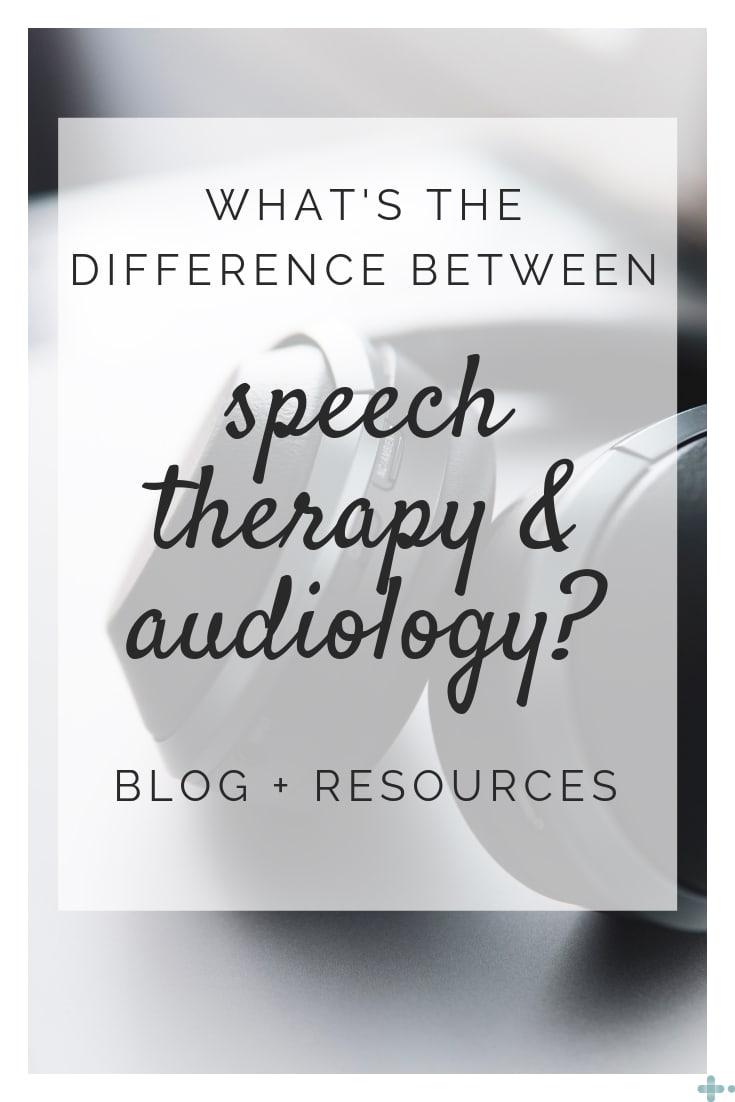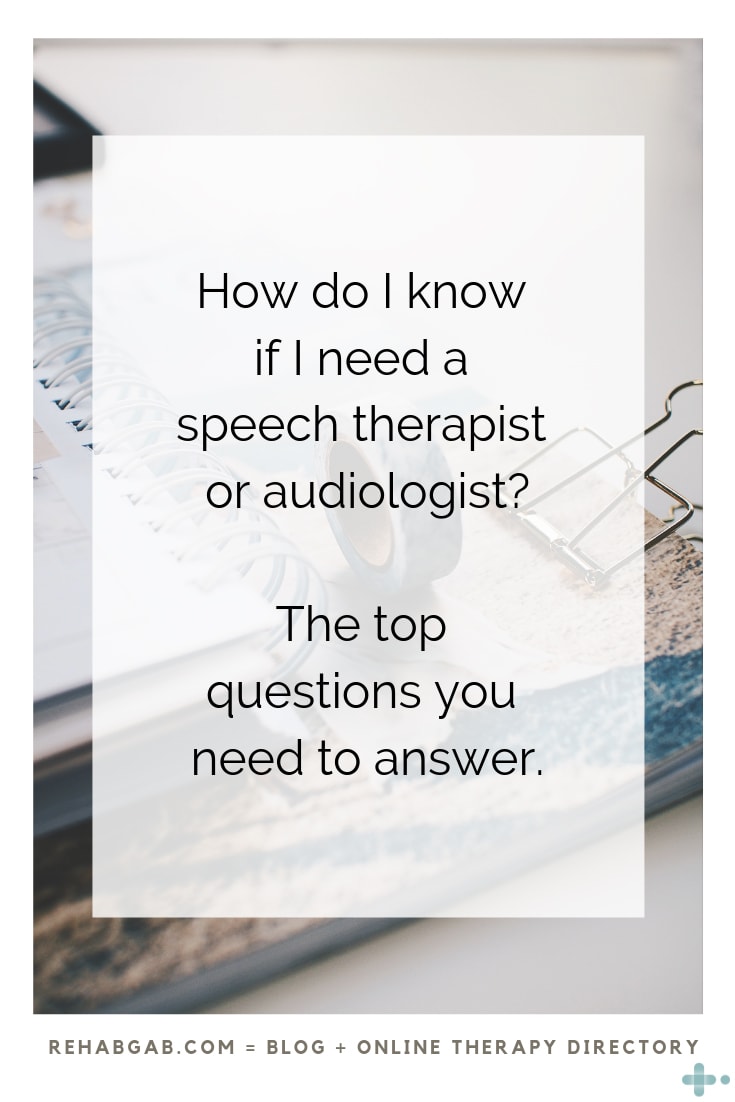Inpatient rehabilitation is the bridge between being hospitalized and going home for those who have experienced a new and/or traumatic medical event. These services are provided on a specific wing of an established hospital or at a freestanding rehabilitation facility. The goal is to help the patient discharge to home with the support needed to keep them safe and able to care for themselves. This service is also known as Inpatient Rehabilitation Facility (IRF), and/or acute rehabilitation unit (ARU).
How is this accomplished?
Patients are typically admitted to rehabilitation program for 3-6 weeks. The time frame varies based on the person’s ability to participate and respond to treatment. Patients receive 24/7 nursing care, daily doctor visits, and 3 hours of therapy (physical therapy, occupational therapy and/or speech and language pathology), 5-6 days per week. These services often feel intense; however, the goal is to maximize the patient’s time and get them home as quickly as possible. To get the patient home faster, most rehabilitation programs use the following strategies:
- Return to a daily routine. This includes morning and nightly routines such as getting out of bed early in the morning, bathing, getting dressed, eating breakfast in a dining room, and going to therapies (much like going to school or work) with a break for lunch and dinner.
- Patients wear normal clothes. Patients do not wear hospital clothes despite being in a hospital setting. Be sure to pack workout type clothing, pajamas, socks and shoes. Most facilities will allow patients to bring their favorite toiletries and a comforting item (ex. pillow, blanket, picture, etc).
- Therapies occur outside of the hospital room. Rehabilitation programs do their best to simulate real life and because life does not typically occur in one room, treatment sessions will take place throughout the facility. This will not only help to increase the patient’s endurance, but also keep things exciting.
- Therapies may occur in simulated and/or natural environments. Since the goal is to get patients back home and into a typical schedule, therapies may occur in a kitchen, the gift shop, a garden, the grocery store, etc.
What do therapies focus on?
- Movement, balance, strength, flexibility and walking
- Getting dressed, bathing, toileting, eating (also known as activities of daily living (ADL))
- Instrumental activities of daily living which includes shopping, cooking, cleaning, managing bills, medication management, etc.
- Cognition and communication. The team will focus on attention, memory, problem solving, and expressing oneself.
- Learning how to care for new medical needs. The team will teach the patient/their family how to manage new medications, wound care needs, eating techniques, dietary changes and how to use recommended adaptive equipment (such as a walker, commode, reacher, splint, or alternative communication device).
What are commonly treated conditions in a rehabilitation program?
- Amputation / Limb loss
- Brain and/or Spinal tumors
- Brain Injury (acquired or traumatic)
- Cardiac conditions
- Multiple trauma (often after motor vehicle accidents)
- Neurological disorders
- Oncology diagnoses
- Orthopedic
- Spinal Cord Injury
- Stroke
Who else is part of the care team?
Depending on the facility, patients may also have access to a social worker, case manager, dietician, spiritual care provider, psychologist, neuropsychiatrist, discharge planner, and/or a child life specialist (in pediatric rehabilitation facilities).
How do they determine the discharge date? 1-3 weeks seems like forever.
During the first week, each team member will complete their evaluation and then meet to discuss their findings. During their discussion, they will determine an estimated date for discharge based on the patient’s current function, their home set-up, assistance available after discharge and their experience with patients in similar situations. That date can change depending on how the patient responds to treatment. Meeting goals faster than expected? Discharge may be earlier than anticipated. Still making rapid progress? The team may ask for more time so they don’t stop treatment in the midst of great improvement.
What happens after discharge?
There shouldn’t be any surprises. The team has been working with the patient and family on a daily basis throughout the stay. Patient and family education will be completed, and recommendations for outpatient therapies will be made prior to leaving the facility. If something is unclear, simply ask for clarification.
Key Points:
- Inpatient rehabilitation is a specialized service created to help people live as independently as possible after a significant medical event.
- Inpatient rehabilitation programs are considered an elective service. This means that prior authorization must be obtained before admitting to the program AND you must participate in all therapies. Failure to participate 3 hours of therapy, 5-6 days per week will result in an early discharge from the program as the patient is no longer meeting the requirements set by the payer.
- Patients and families are not alone. Recovery takes a team and there are programs designed to help get through times of crisis. Don’t be afraid to reach out for help.
- Patients and families are encouraged to help the team set goals. Yes, walking, bathing and eating are very important, but if the patients greatest joy is gardening, tell them team! They will do their very best to get the patient involved in the things that are important to them.
- Bonus tip: Set up an appointment with your primary care physician (PCP) as soon as possible. Patient’s often need prescriptions refilled, outpatient therapy referrals, etc after discharging from the rehabilitation program. Once patients leave the program, the rehabilitation MDs are no longer caring for the patient and all medical care is transferred back to the primary care physician. Avoid delays- get connected with your PCP as soon as possible.
- Bonus tip: Look for a CARF Accredited program! CARF Accreditation is considered the gold standard in rehabilitative care as these programs are focused on achieving optimal outcomes, improving community/school/work re-integration, considering the patient/family as part of the care team and being transparent about their program overall.
Note– Every rehabilitation program is different. The information listed above may not apply to all programs and/or may have different guidelines given the COVID pandemic or the flu season.
Visit www.RehabGAB.com to search for an inpatient rehabilitation program in Southern California.















